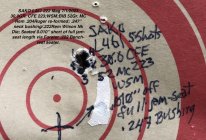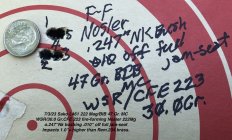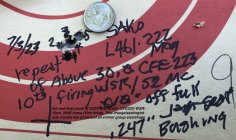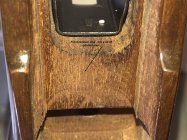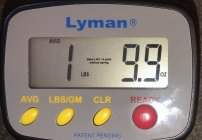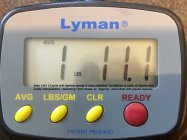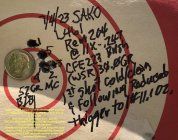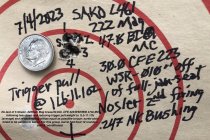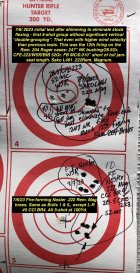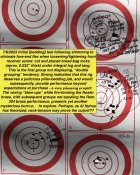I recently acquired a very nice, decent shooting SAKO L461, 222Mag - except for the 4#6Oz trigger, all very rosy. So, before I break the [never touched] action screws, to tear into the trigger, I'm requesting some guidance. Looking over the SAKO details (drawing and instructions) states that the trigger is adjustable from 1.5 to 2.0 kilos, or about 3.3# - 4.4# - the latter number being close to what an old trigger-pull gauge displays (4#-4Oz.).
My initial thought is to replace the pull weight spring with a lighter and longer spring which will still provide enough pressure to prevent de-cocking on bolt close. It seems logical that if the sear engagement is left untouched, this would produce a more desirable pull weight: I'd like to achieve 1#, as that is where all of my hunting rifles "break". Heretically, I bought this SAKO to shoot, not to ooogle . . . SAKO trigger experience/advice welcome!! Only as a last resort, will I go to an aftermarket trigger. How light will the SAKO trigger go and still provide safe reliability?
Preliminary testing (only two powders and five pieces of necked-up and reformed .204 Ruger brass), to check it out the, "as is", OLD factory bedding, the rifle displays a tendency to shoot fairly well. So far, 45 shots, with two powders, in every group, no matter the case rotation, the first shot has gone HIGH, with the remainder being respectable. That could be me wrestling the 4++ pound trigger. Attached last two 100 Yd., 5-shot groups using CFE-223 - it was handy . . . The Weihraugh HW52 group was via .22Hornet, which, for that type of rifle, shows some promise.
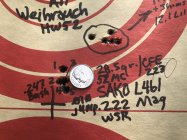
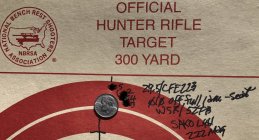
My initial thought is to replace the pull weight spring with a lighter and longer spring which will still provide enough pressure to prevent de-cocking on bolt close. It seems logical that if the sear engagement is left untouched, this would produce a more desirable pull weight: I'd like to achieve 1#, as that is where all of my hunting rifles "break". Heretically, I bought this SAKO to shoot, not to ooogle . . . SAKO trigger experience/advice welcome!! Only as a last resort, will I go to an aftermarket trigger. How light will the SAKO trigger go and still provide safe reliability?
Preliminary testing (only two powders and five pieces of necked-up and reformed .204 Ruger brass), to check it out the, "as is", OLD factory bedding, the rifle displays a tendency to shoot fairly well. So far, 45 shots, with two powders, in every group, no matter the case rotation, the first shot has gone HIGH, with the remainder being respectable. That could be me wrestling the 4++ pound trigger. Attached last two 100 Yd., 5-shot groups using CFE-223 - it was handy . . . The Weihraugh HW52 group was via .22Hornet, which, for that type of rifle, shows some promise.


Last edited:










